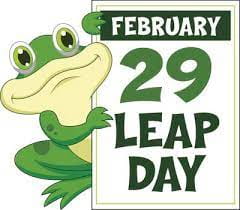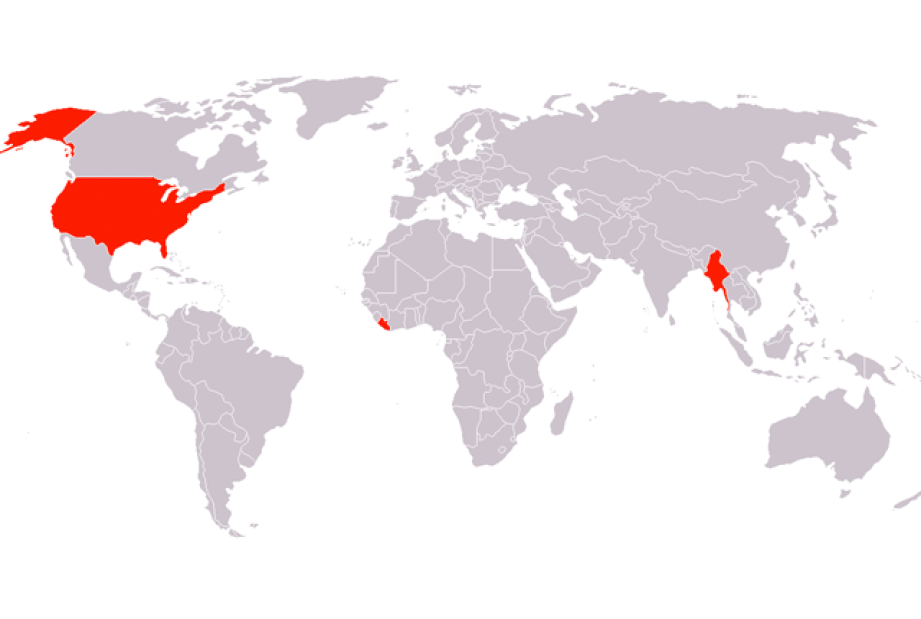Join Us and Play Kahoot! Do You Know Money?
Click the link to play the game on your own this weekend! Do you know money?
https://kahoot.it/challenge/08952905?challenge-id=c068f65e-74fb-4cca-86b8-5612584d5e32_1712943262007
Click the link to play the game on your own this weekend! Do you know money?
https://kahoot.it/challenge/08952905?challenge-id=c068f65e-74fb-4cca-86b8-5612584d5e32_1712943262007
We’ve been learning about different ways to add 2 and 3 digit numbers. Here some tutorials from a few students in our class.
What’s your favourite way to add 2 and 3 digit numbers?
This is a tutorial by one of our amazing students talking about using the no regrouping strategy.
Have a look at one of our amazing classmates giving a tutorial called ‘Break Apart’.
Another strategy being taught by this superstar is called the ‘traditional algorithm’.
 It’s hard to believe that the month of February is coming to a close. This year is a leap year. Do you know why we have a leap year? Check out Mystery Doug’s video explaining leap years.
It’s hard to believe that the month of February is coming to a close. This year is a leap year. Do you know why we have a leap year? Check out Mystery Doug’s video explaining leap years.
Click here to watch the video.
Check out some snapshots of Valentine’s Day, cursive writing practice, our math project involving perimeter and area, and reading practice using Lexia (we aim for 60 minutes per week).
Measurement is all around us! We use it in so many different ways.
When we began our measurement unit, students brainstormed many things that we can measure some of which included:
What other things can we add to our list?
What sorts of careers or jobs would require you to use measurement?
We’ve been busy bees measuring all sorts of classroom items. Have a look!
The metric system uses units such as meter, litre, and gram to measure length, liquid volume, and mass. The metric system is based on 10s, and some of the different measures for length include kilometer, meter, centimeter, and millimeter. Notice that the word “meter” is part of all of these units.
Did you know that there are only 3 countries in the world that have not adopted the metric system? These include the US, Myanmar, and Liberia.

January has come and gone and the learning continues in our classroom. Students are hard at work learning about nonfiction text features, how reading nonfiction differs from reading fiction, and more. We are being encouraged to explore nonfiction text both online and on paper. Miss Jeffries, our librarian, came in to teach us about an online database called Britannica School. It is a great way for students to research topics of their choosing. The articles can even read to the students!
We’ve wrapped up our Social Studies unit on communities in Ontario and played a review game called “Quiz Quiz Trade” to help prepare us for our final test.
Our Snowglobe stories are published and hanging on display in our classroom for all to admire. They are a fun read! We have such imaginative students in our room.
In math, we learned about movement on a grid along with cardinal directions (N,S,E,W) as well as directional turns (clockwise, counterclockwise, quarter turns, half turns). Our current unit is all about measurement, including telling time! Stay tuned for another post about that.
Feel free to leave us a comment and ask us any questions about our learning.
We hope you all have a great day!
Since our return after Christmas, we have been exploring geometric concepts in both 2D and 3D shapes. Exploring 2D and 3D shapes by manipulating them and being about to feel the faces, edges, and vertices will help us better understand these terms and concepts. We enjoyed using Tangrams to create pictures using all 7 pieces. Have you used Tangrams before?
We built a cube out of meter sticks and tried to fit inside 🙂
Do you know how many meter sticks we needed? What part of the cube did the metre sticks represent?
Using toothpicks and mini marshmallows we built 3 3D shapes…and maybe had a marshmallow or two in the process. Yummy!
We see different shapes all around us. What shapes can you find in your own home?
We are well into our Patterning unit in math and the paparazzi managed to snap a few photos of our class in action. We have been learning how to extend patterns, predict a certain term number (e.g., Find the 35th term) in a repeating pattern, we’ve been using pattern blocks to create and identify changing attributes in a pattern, and so on!
Have a peek into our learning!
In math class, we spend our week doing something called SMATH. We start the week doing a lesson that has a focus for the week (for example, rounding numbers). The rest of the week we work in small groups, rotating through 5 different stations where we practice and apply our learning.
S stands for Skill Practice where we log in to Knowledgehook website or do some other paper practice
M stands for Math Journals where we are given a prompt that we glue in and we answer the question
A stands for At Your Seat where we are given paper practice or a few textbook questions
T stands for Teacher Time. We sit with our teacher and we work together on a specific task or game
H stands for Hands On. This is where we usually play a game or put together a puzzle
Below, we are reviewing math concepts learned during our unit. We scan a QR code and it gives us a practice questions that we answer with a partner. After we’re done, we share our answers with our teacher.
Playing math games is a great way to reinforce math concepts learned in class and to practice our skills while building relationships with our classmates. We have 1 week left of our first unit on learning about numbers to 1000. We’ve been comparing, ordering, drawing pictures using base 10 blocks, decomposing numbers, writing them in words, placing them on a number line, and much more!
Below, we are seen playing a game called Place Value War and Race to a Flat.
Do you have a favourite math game?
As part of our measurement unit where we investigated perimeter, area, time, linear measurement, and mass, we finished off with learning about capacity.
What is capacity?
Capacity is the amount of space a container can hold when it’s filled up.
Like all parts of our measurement unit, learning in a hands-on way is the best way to understand these concepts. Throughout our unit, we used different measuring tools such as measuring tape, rulers, meter sticks, pan balances, clocks, measuring cups, graduated cylinders, beakers, measuring spoons. We learned about how to use non-standard units as well as standard units (mm, cm, m, km, mL, L, g, kg).
Check out some pictures that were snapped of us measuring capacity!
In the pictures below you can see many groups of students working on their math project using perimeter and area. They have to design an animal rescue park following certain criteria. We also played several rounds of Bingo that involved practice telling time using analogue clocks.